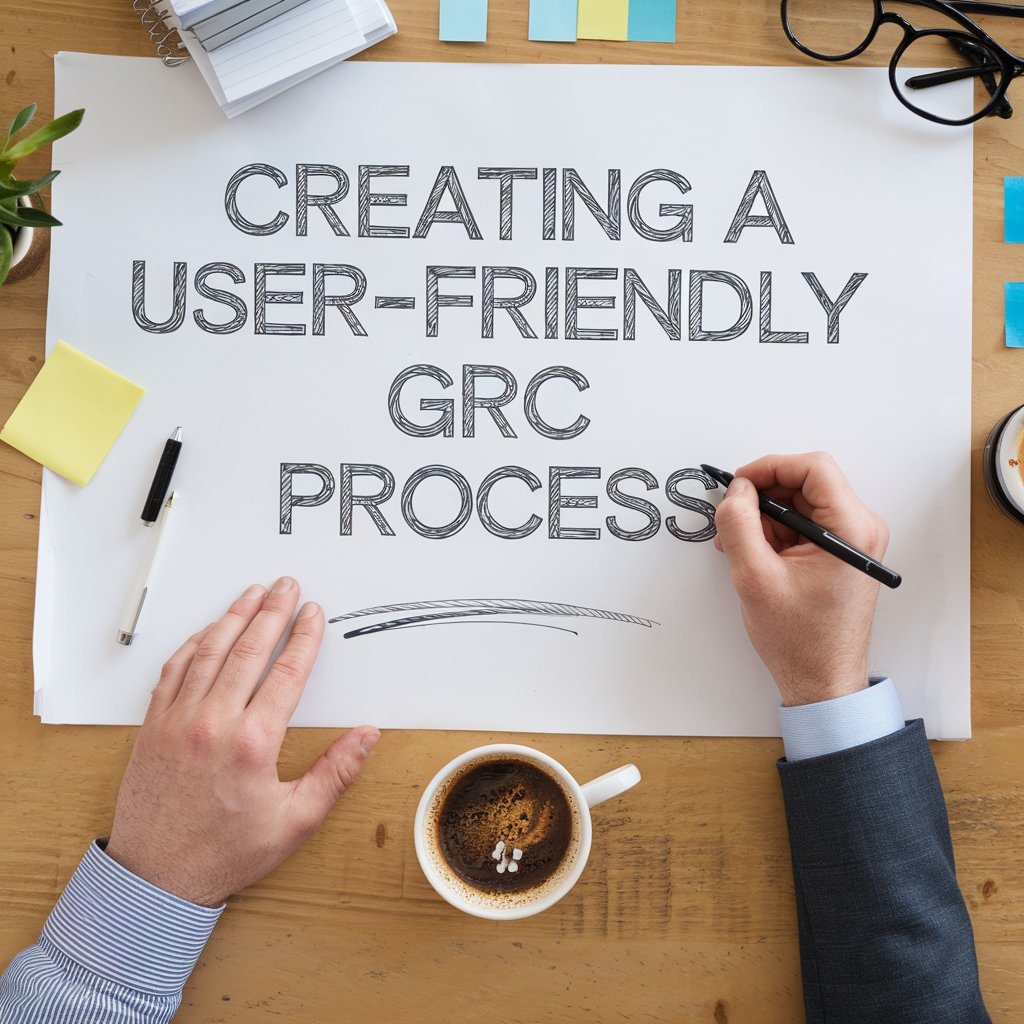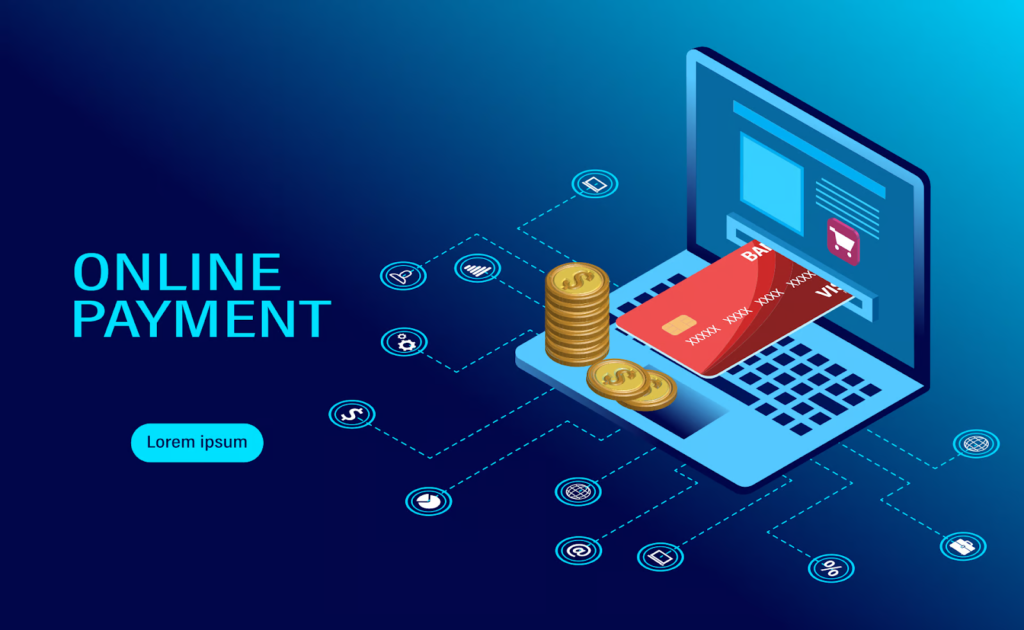Crafting a smooth, user-centered Governance, Risk, and Compliance (GRC) process isn’t just smart—it’s essential. Think of it as the framework that keeps your business aligned with rules, mitigates risks, and drives efficiency. Yet, all too often, companies fall into the trap of cumbersome procedures that alienate users.
The key to unlocking a streamlined and user-friendly process lies in a few well-thought-out steps. Let’s break down these steps for your business’s success. At the same time, it would help to use a software solution like ZenGRC audit process, as it makes the entire thing more efficient. Read on to know how.
Establishing Clear Governance Goals
A successful GRC journey starts by setting up crystal-clear governance objectives. These goals serve as the North Star for your entire GRC initiative. What are you hoping to achieve? Is it seamless compliance, lower risks, or more transparent decision-making? With well-defined goals, you can ensure that every part of the process aligns with the bigger picture. It keeps everyone on the same page, working towards shared success.
Conducting a Comprehensive Risk Assessment
Risk assessment isn’t about guesswork. It’s about systematically identifying where your organization is vulnerable. Start by mapping out potential threats, from data breaches to operational risks. Then, evaluate the likelihood and impact of each one.
This assessment isn’t just about checking boxes; it’s about creating a proactive approach to risk, making the process an asset rather than a hindrance. The more thorough your assessment, the more robust your risk management.
Aligning Compliance with Business Objectives
Too often, compliance feels like a burden. But by aligning it with your business objectives, you transform it into an ally. Think about how regulations can actually support your goals rather than limit them.
For instance, data protection regulations aren’t just hoops to jump through; they’re frameworks that help protect valuable information. When compliance reinforces what your company values, it becomes a valuable tool rather than an annoying obstacle.
Developing a Centralized Risk Management Framework
Without a centralized framework, managing risk becomes like herding cats—confusing and exhausting. A streamlined framework brings all your risk-related information into one place, making it easy to see the bigger picture.
Instead of piecing together risks from various departments, you have a comprehensive view that allows for swift and strategic decision-making. This centralization simplifies communication, enhances understanding, and strengthens response strategies.
Identifying and Classifying Key Risks
Not all risks are created equal. Some threaten core business functions, while others have minimal impact. By identifying and classifying these risks, you allocate your resources efficiently.
Start by categorizing risks based on their potential impact and likelihood. Then, prioritize them. This way, you can focus on what matters most instead of spreading yourself thin. Effective risk classification gives your team a roadmap for tackling the highest priorities first.
Implementing Continuous Monitoring Processes
Monitoring is the engine that keeps your GRC process running smoothly. It’s not a one-time task—it’s an ongoing commitment. By establishing continuous monitoring, you’re able to catch potential issues before they escalate.
This process provides real-time insights into your GRC performance, allowing you to make adjustments as needed. Continuous monitoring isn’t just about surveillance; it’s about staying agile and informed, ready to respond at a moment’s notice.
Streamlining Evidence Collection and Documentation
When it comes to compliance, documentation is your best friend. But it doesn’t have to be a chore. Streamlining evidence collection can make this task easier and more efficient. Instead of scrambling for documents during an audit, maintain a central repository where all compliance-related information is stored. With this approach, you’ll have everything you need at your fingertips, making audits a breeze rather than a burden.
Utilizing Automation for Efficiency in GRC
Automation can help in many ways. For instance, it can reduce manual tasks, minimize errors, and speed up operations. Imagine a process where risk assessments are automated, compliance reports are generated with a click, and evidence is gathered without lifting a finger.
Automation lets your team focus on the right strategy rather than being bogged down by routine tasks. By embracing automation, you streamline your GRC workflow and boost overall productivity.
Engaging Stakeholders in the Process
GRC is a team effort, so it’s crucial to engage all stakeholders. This includes everyone from executives to frontline employees. When stakeholders understand the importance of GRC, they’re more likely to contribute to its success.
Consider regular updates, training sessions, and open forums where everyone can voice their concerns or suggestions. By creating a culture of inclusion, you turn GRC into a collective effort rather than a top-down directive.
Integrating Frameworks for Comprehensive Compliance
There are various compliance frameworks out there, from ISO to NIST to SOC 2. Integrating these frameworks into a unified process enhances your GRC strategy. Instead of managing multiple disparate frameworks, create a single, cohesive approach that addresses all compliance requirements. This integration not only simplifies your GRC process but also reduces duplication, saving time and resources.
Facilitating Regular Audits and Assessments
Audits shouldn’t be a last-minute scramble. By planning for regular audits, you turn them into an opportunity for improvement rather than a source of stress. These assessments provide a clear view of where your GRC process stands and highlight areas for enhancement. A proactive approach to audits demonstrates a commitment to continuous improvement, ensuring your process remains effective and relevant.
Benefits of Using Software for GRC Framework Management
Investing in the right software can transform your GRC process. It centralizes information, streamlines tasks, and automates procedures, making GRC management more efficient. Such tools offer real-time insights, customizable dashboards, and automated workflows that bring your entire framework together in one place. Software not only simplifies complex tasks but also reduces human error, ensuring your process is consistent and reliable.
Key Considerations for Choosing a GRC Software Solution
Selecting the best software solution requires careful consideration. Look for features that align with your goals, such as automation, scalability, and user-friendliness. Evaluate the software’s ability to integrate with existing systems, as well as its customer support. Ensure it’s designed to grow with your organization and capable of adapting to future GRC needs. Choosing the right tool can make the difference between a successful GRC process and a frustrating one.
Creating a user-friendly GRC process doesn’t have to be daunting. With a few strategic steps and using software solutions like ZenGRC for the audit process, you can establish a system that not only supports your business goals but also engages users. By understanding the fundamentals, aligning with objectives, and leveraging the right tools, your GRC process will become a true asset.






